Workplace Design: Space Standards Are Critical Focus Areas
Principal Dan Perruzzi of Boston-based Margulies Perruzzi Architects shared his view on sustainable office design in an interview with CPE. The company has roughly three decades of experience in designing energy-efficient working spaces.
By Beata Lorincz
Sustainability and green design have been trending real estate topics in the last two decades, especially when it comes to corporate office assets. Still, the benefits of energy efficient spaces come up more and more often in connection to employee wellbeing. The tenant-landlord conversation now covers how providing a healthier working habitat increases productivity.
But what makes a good working environment? Is the distribution of individual/common spaces in offices a difficult task? How does sustainability impact the value of an asset? We touched on all these issues and more in a discussion with Dan Perruzzi, principal & senior partner of Boston-based Margulies Perruzzi Architects (MPA). The studio is a member of the U.S. Green Building Council and the majority of its architects are LEED accredited.
What are the latest trends when it comes to workplace design?
Perruzzi: Companies are wrestling with the best balance between quiet and/or private space and collaboration space. Employees need private space, but they also need easy access to their colleagues for beneficial interactions. Individual, focused work has to be supported while simultaneously supporting group work.
Everyone is trying to do more with less. Companies are actively reviewing space standards to see where they compare with the competition. Metrics of area per seat and seats per assigned staff are critical areas of focus today. Given that in many areas basic sustainability has been incorporated into building codes, there is a greater focus on wellness and health in workplace design.
When you think of your recent workplace design projects, does a particular one come to mind?
Perruzzi: The Cimpress/Vistaprint workspace at 275 Wyman St. in Waltham, Mass., stands out. MPA designed the 315,000-square-foot, Class A office base building for the owner/developer—Hobbs Brook Management. Our knowledge of workspace design actually informs our building design process. As a result, the building is very efficient and offers great overall flexibility to the owner and their tenants, while at the same time offering great amenities.
The Cimpress workspace is designed around a high degree of openness with a real commitment to providing the right spaces for collaboration and social interaction. The overall flexibility of the building design has allowed Cimpress to sublet excess space to other tenants without drastic modifications to their own premises. The success of the Cimpress workspace is evident through their overall satisfaction and the positive impacts to productivity and wellness.
How does sustainable office design benefit the people working inside?
Perruzzi: Sustainably designed spaces have better air quality, low levels of harmful chemicals embedded in materials, better lighting and better access to daylight. All of these contribute to overall wellness and productivity.
In what real estate asset class do you see a growing interest for sustainability and why do you think that is?
Perruzzi: We see growth in existing building rehabs and technology spaces. In existing building rehabs, growth in sustainability is driven by competition. Sustainability is sometimes a “box to check” for tenants looking for space. If two buildings match up on most attributes (for example, on cost, available square footage, building class etc.) but one has sustainable design features, it can tip the balance in favor of that building. High-tech companies frequently have a younger, more diverse workforce, who often demonstrates a greater interest in sustainable design.
Would you say that passive design strategies are at the basis of sustainable design or are technology-related, active approaches more relevant?
Perruzzi: Passive design strategies were the initial basis of sustainable design. For instance, MPA used to spend a lot of time making sure materials didn’t contain harmful chemicals that could off-gas into the space, but the market has evolved. It is more difficult to buy the bad stuff now.
Technology is really driving the continued growth of sustainable design since passive strategies alone cannot meet the enhanced standards. The fine-tuning of HVAC, plumbing and lighting systems through the use of embedded technology will continue to drive the growth of sustainable design.
Tell us about one of the most recent and innovative green technologies you have implemented.
Perruzzi: MPA recently completed a new 694,000-square-foot global customer fulfillment center in Quincy, Mass., for Boston Scientific Corp., a worldwide developer, manufacturer and marketer of medical devices. Sustainability is incredibly important to this client and the modern, state-of-the-art facility is expected to achieve LEED Gold certification for existing buildings.
The new facility expands and modernizes the company’s logistics and distribution functions and aligns with the Boston Scientific Global Facilities Master Plan. Given the size and scope of the facility, the design needed to creatively mesh 64,000 square feet of office space with 630,000 square feet of warehouse and distribution space. This was critical to ensure optimal logistics, flows, efficiencies and quality system compliance in an FDA-regulated facility while also improving the office and work environment for end users.
The customer fulfillment center includes 2.5 miles of high-efficiency, “smart technology” motorized drive roller conveyor with a high-speed sortation system and the first installation of an enterprise warehouse management system for Boston Scientific Global Distribution. MPA worked closely with the conveyor and robotics systems designers and manufacturers on this green automated technology, which will result in significant cost savings in facility operating expense and energy reduction for Boston Scientific.
In your experience, how is sustainability/green certification impacting the value of a real estate asset and how do you see this going forward?
Perruzzi: We don’t believe that sustainable design changes the price of real estate. Owners would be happy to charge for a sustainably designed space or building, but they cannot do that and still remain competitive. Instead, sustainable design adds value as a “separator,” a feature that tips the balance as tenants evaluate their real estate strategy.
Going forward, there is still much work to be done. It is misleading to think that sustainable design is a given across a wide spectrum of the real estate market. Legacy buildings in many downtown markets cannot be easily rehabilitated into buildings capable of supporting sustainably designed space. The pressures of the marketplace will dictate how quickly those legacy buildings will be adapted.
Images courtesy of Warren Patterson Photography and Bruce Rogovin

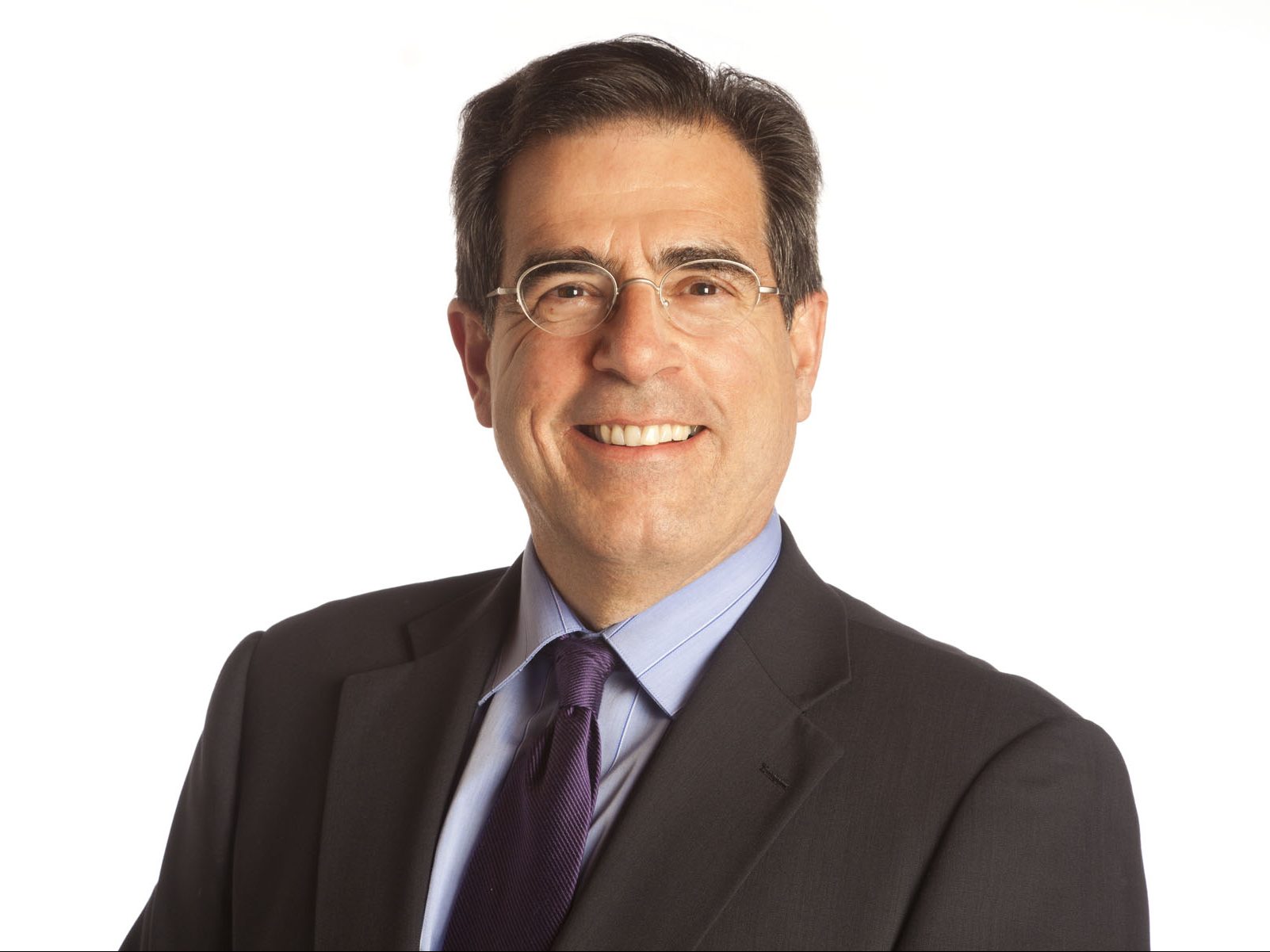
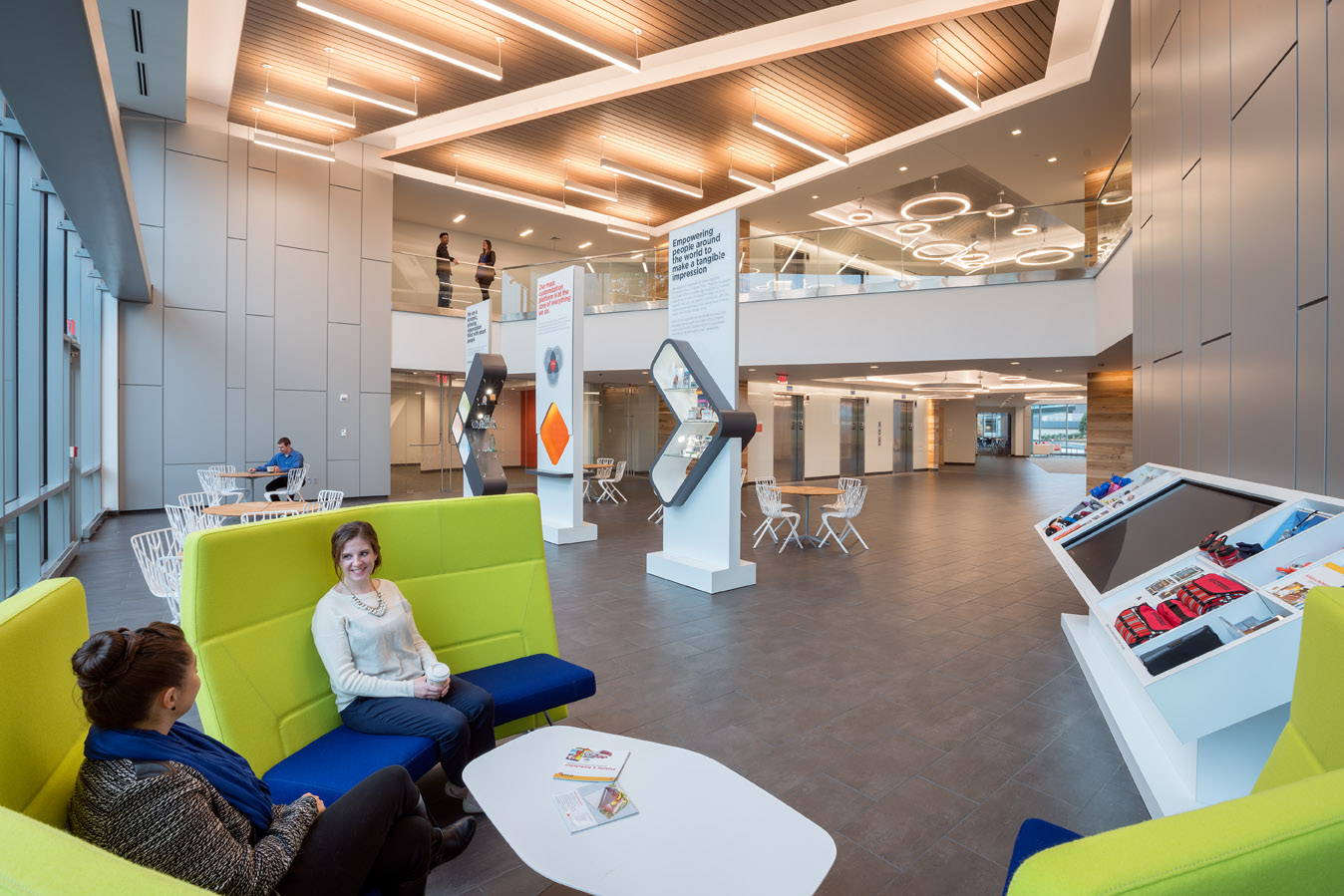
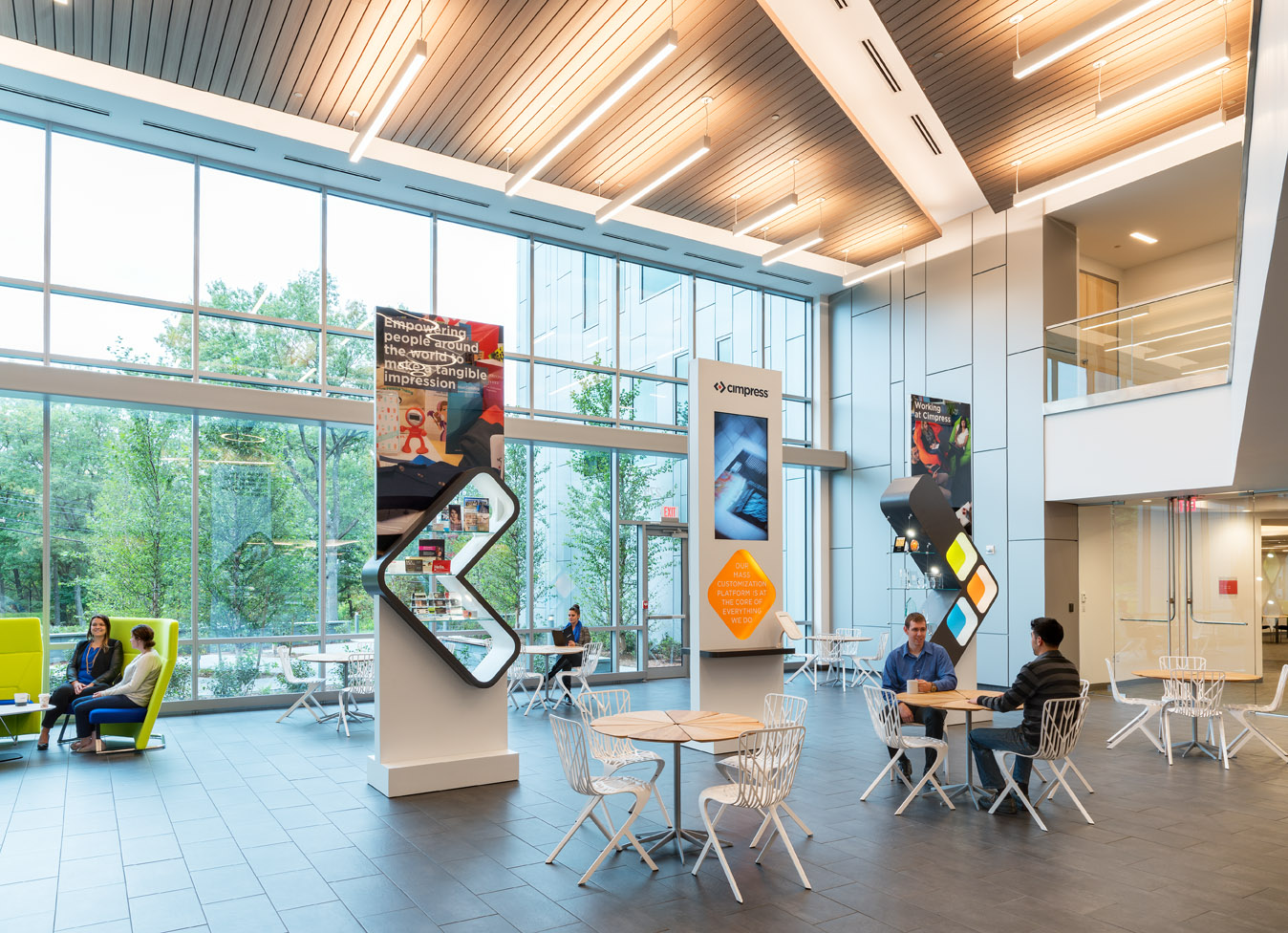
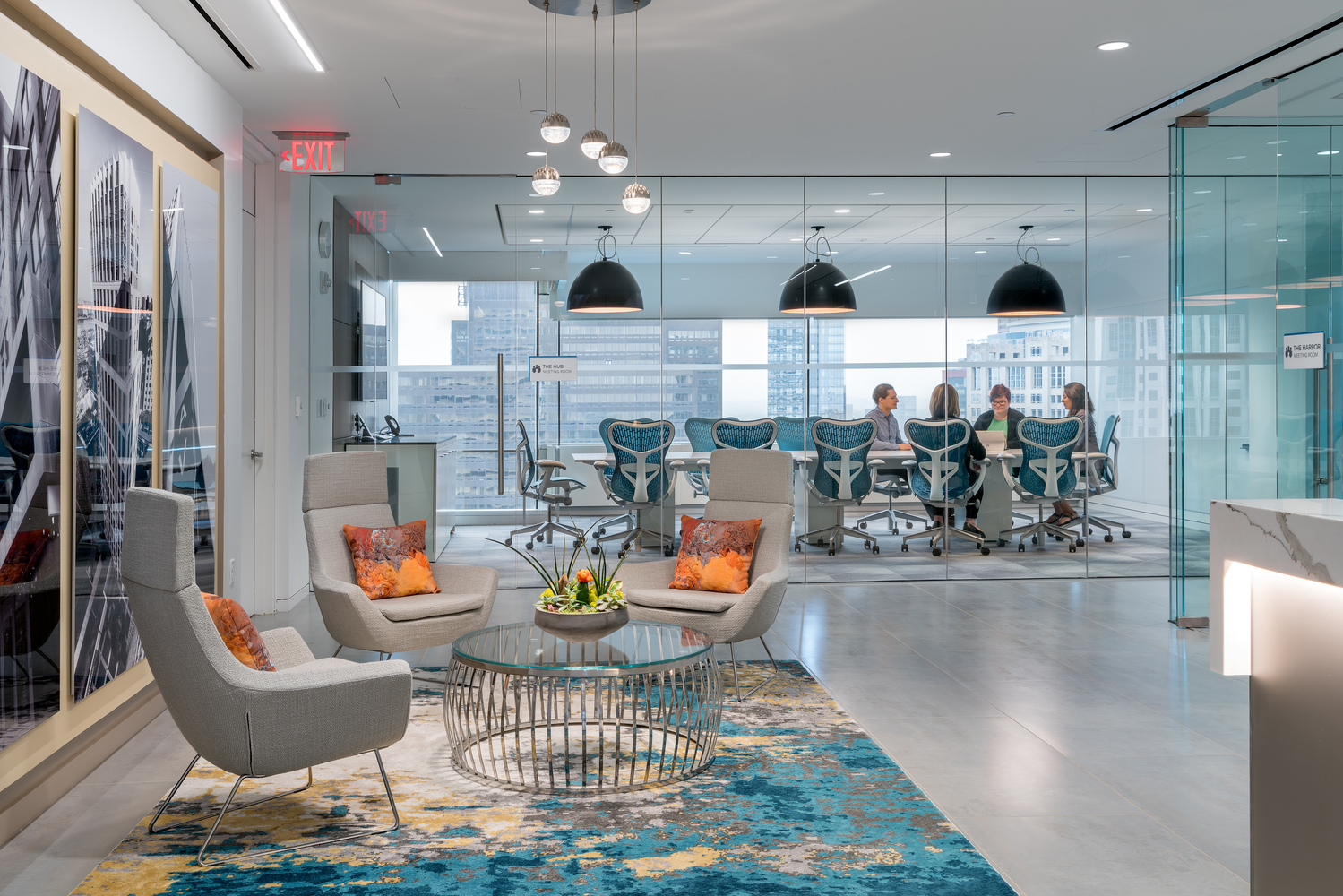
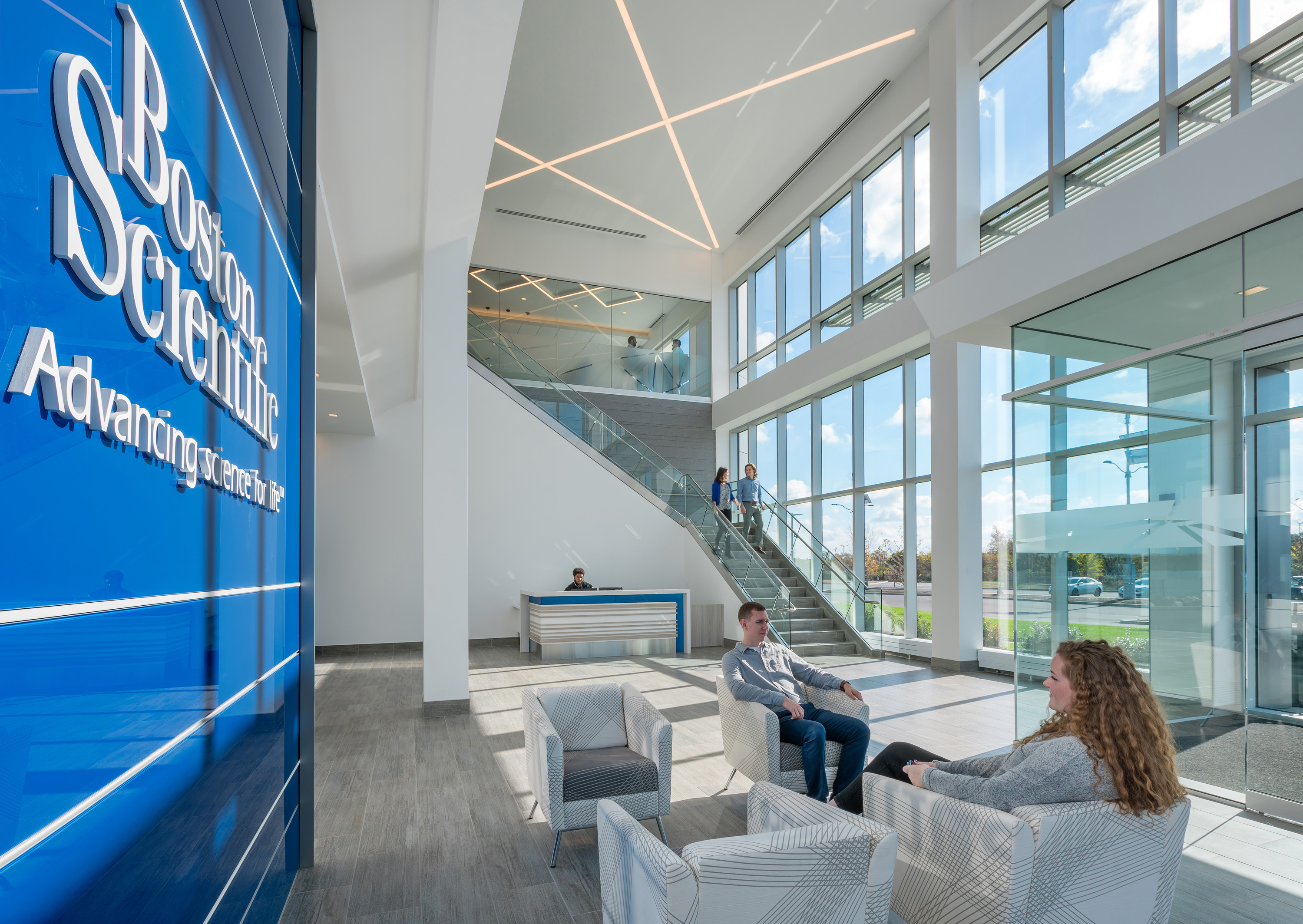
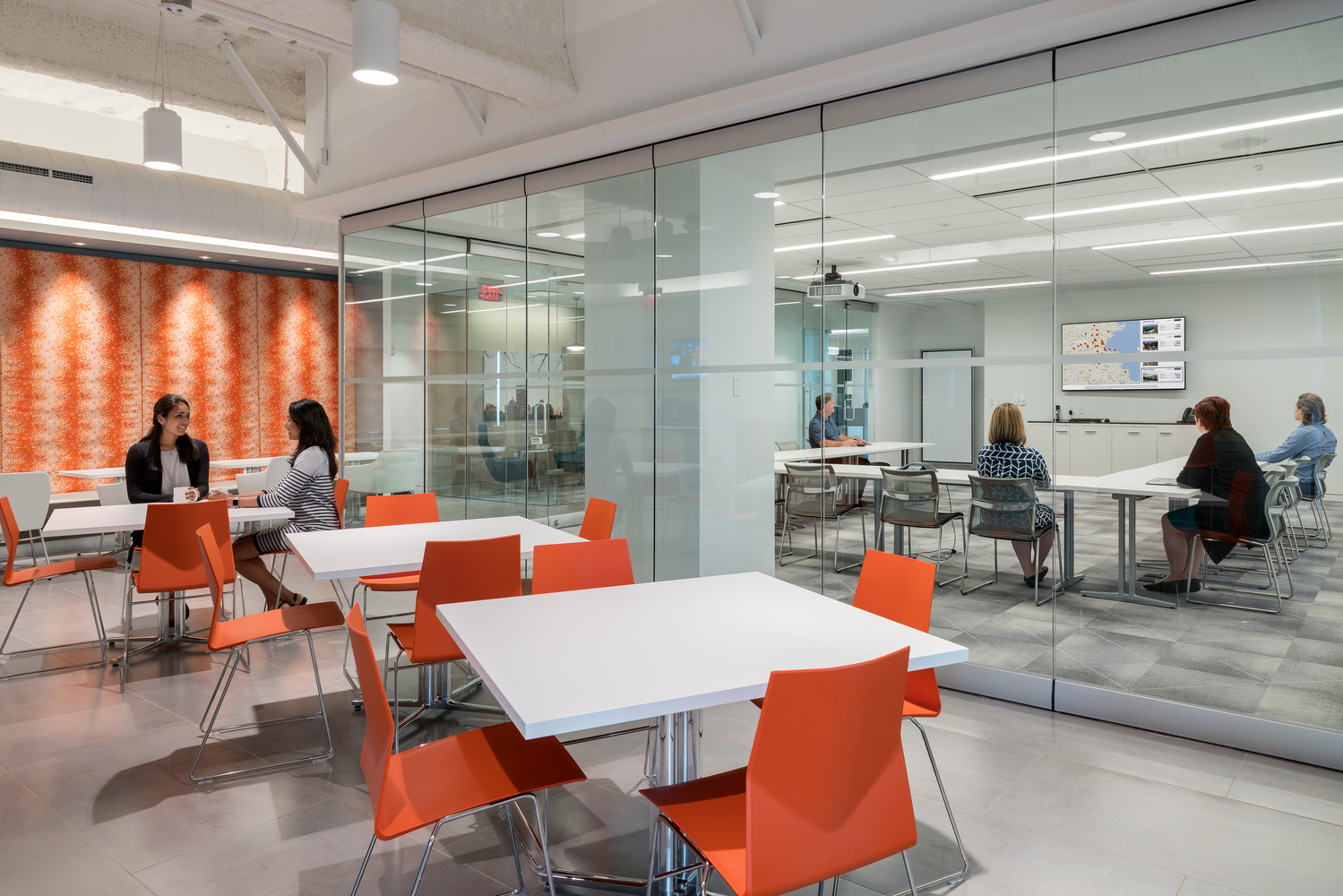






You must be logged in to post a comment.